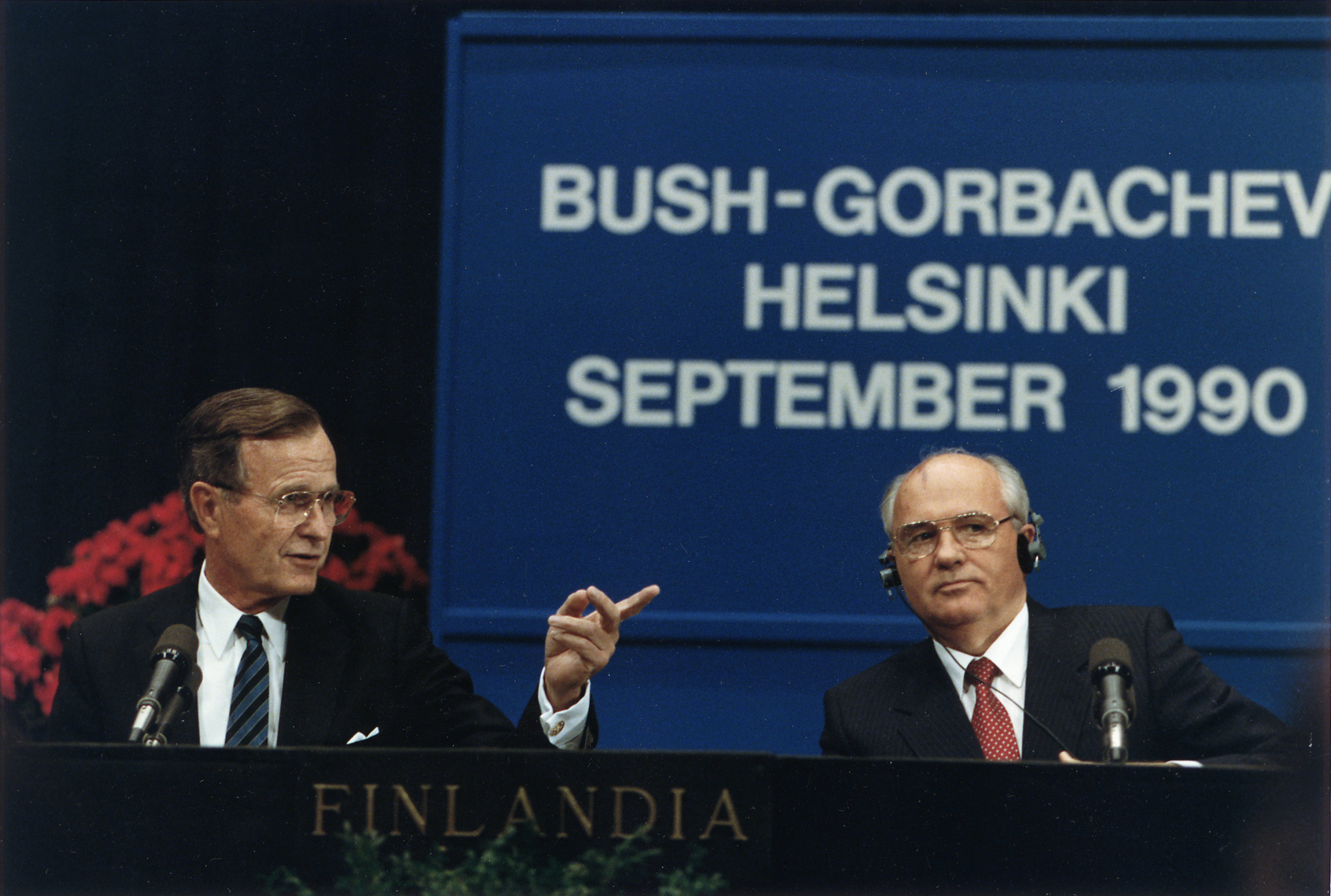List Of Soviet Union–United States Summits on:
[Wikipedia]
[Google]
[Amazon]
Soviet Union–United States summits were held from 1943 to 1991. The topics discussed at the
"Chronology: US-Soviet summits, 1943-1991"





Zbigniew Brzezinski interviewed about the summits
from th
Dean Peter Krogh Foreign Affairs Digital Archives
* * {{DEFAULTSORT:Soviet Union-United States Summits 20th-century diplomatic conferences Cold War history of the Soviet Union Cold War history of the United States Sum Diplomacy-related lists Diplomatic visits by heads of government Diplomatic visits by heads of state Soviet Union-related lists *List United States history-related lists World War II conferences Lists of conferences
summit
A summit is a point on a surface that is higher in elevation than all points immediately adjacent to it. The topographic terms acme, apex, peak (mountain peak), and zenith are synonymous.
The term (mountain top) is generally used only for ...
s between the president of the United States
The president of the United States (POTUS) is the head of state and head of government of the United States. The president directs the Federal government of the United States#Executive branch, executive branch of the Federal government of t ...
and either the general secretary
Secretary is a title often used in organizations to indicate a person having a certain amount of authority, Power (social and political), power, or importance in the organization. Secretaries announce important events and communicate to the org ...
or the premier of the Soviet Union
The Premier of the Soviet Union () was the head of government of the Union of Soviet Socialist Republics (USSR). From 1923 to 1946, the name of the office was Chairman of the Council of People's Commissars, and from 1946 to 1991 its name was ...
ranged from fighting the Axis Powers
The Axis powers, originally called the Rome–Berlin Axis and also Rome–Berlin–Tokyo Axis, was the military coalition which initiated World War II and fought against the Allies of World War II, Allies. Its principal members were Nazi Ge ...
during World War II
World War II or the Second World War (1 September 1939 – 2 September 1945) was a World war, global conflict between two coalitions: the Allies of World War II, Allies and the Axis powers. World War II by country, Nearly all of the wo ...
to arms control
Arms control is a term for international restrictions upon the development, production, stockpiling, proliferation and usage of small arms, conventional weapons, and weapons of mass destruction. Historically, arms control may apply to melee wea ...
between the two superpower
Superpower describes a sovereign state or supranational union that holds a dominant position characterized by the ability to Sphere of influence, exert influence and Power projection, project power on a global scale. This is done through the comb ...
s themselves during the Cold War
The Cold War was a period of global Geopolitics, geopolitical rivalry between the United States (US) and the Soviet Union (USSR) and their respective allies, the capitalist Western Bloc and communist Eastern Bloc, which lasted from 1947 unt ...
.Fain III, W. Taylo"Chronology: US-Soviet summits, 1943-1991"
US Department of State
The United States Department of State (DOS), or simply the State Department, is an executive department of the U.S. federal government responsible for the country's foreign policy and relations. Equivalent to the ministry of foreign affairs o ...
Dispatch, August 12, 1991
World War II / Allies of World War II
Cold War
Cold War (1953–1962)
Cold War (1962–1979)



Cold War (1985–1991)


See also
*Arms control
Arms control is a term for international restrictions upon the development, production, stockpiling, proliferation and usage of small arms, conventional weapons, and weapons of mass destruction. Historically, arms control may apply to melee wea ...
* Cold War
The Cold War was a period of global Geopolitics, geopolitical rivalry between the United States (US) and the Soviet Union (USSR) and their respective allies, the capitalist Western Bloc and communist Eastern Bloc, which lasted from 1947 unt ...
* Détente
''Détente'' ( , ; for, fr, , relaxation, paren=left, ) is the relaxation of strained relations, especially political ones, through verbal communication. The diplomacy term originates from around 1912, when France and Germany tried unsucces ...
* Foreign policy of the United States
The officially stated goals of the foreign policy of the United States of America, including all the bureaus and offices in the United States Department of State, as mentioned in the ''Foreign Policy Agenda'' of the Department of State, are ...
* Foreign relations of the Soviet Union
After the Russian Revolution, in which the Bolsheviks took over parts of the collapsing Russian Empire in 1918, they faced enormous odds against the German Empire and eventually negotiated terms to pull out of World War I. They then went to war ...
* Nuclear disarmament
Nuclear disarmament is the act of reducing or eliminating nuclear weapons. Its end state can also be a nuclear-weapons-free world, in which nuclear weapons are completely eliminated. The term ''denuclearization'' is also used to describe the pro ...
* Soviet Union–United States relations
Relations between the Soviet Union and the United States were fully established in 1933 as the succeeding bilateral ties to those between the Russian Empire–United States relations, Russian Empire and the United States, which lasted from 1809 ...
* List of Russia–United States summits
A list is a set of discrete items of information collected and set forth in some format for utility, entertainment, or other purposes. A list may be memorialized in any number of ways, including existing only in the mind of the list-maker, but ...
References
External links
Zbigniew Brzezinski interviewed about the summits
from th
Dean Peter Krogh Foreign Affairs Digital Archives
* * {{DEFAULTSORT:Soviet Union-United States Summits 20th-century diplomatic conferences Cold War history of the Soviet Union Cold War history of the United States Sum Diplomacy-related lists Diplomatic visits by heads of government Diplomatic visits by heads of state Soviet Union-related lists *List United States history-related lists World War II conferences Lists of conferences